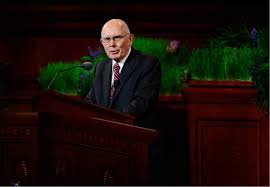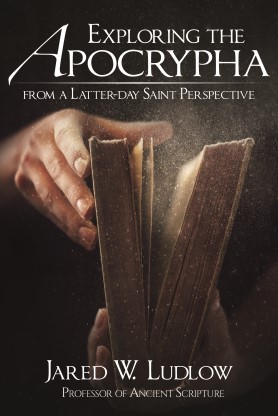Podcast: Download (39.6MB)
Subscribe: RSS
Jacob’s temple sermon
(Jacob 1–3)
by Mike Parker
(Mike Parker is a long-time FAIR member who has graciously allowed us to use materials he originally prepared for the Hurricane Utah Adult Religion Class. The scripture passages covered in his lessons don’t conform exactly to the Come, Follow Me reading schedule, so they will be shared here where they fit best. This week’s lesson includes information that goes with the first 3 chapters of the Come, Follow Me reading scheduled for this week. Next week’s post will cover Jacob 4-7.)
Class Notes [Read more…] about Come, Follow Me with FAIR – Jacob 1–4 – Mike Parker


 Hanna Seariac is a MA student in Greek and Latin at Brigham Young University. She is writing a book on the history of the priesthood and another one that responds systematically to anti-LDS literature. She works as a research assistant on a biblical commentary and as a producer on a news show. She values Jesus Christ, family, friends, hiking, baking, and really good ice cream.
Hanna Seariac is a MA student in Greek and Latin at Brigham Young University. She is writing a book on the history of the priesthood and another one that responds systematically to anti-LDS literature. She works as a research assistant on a biblical commentary and as a producer on a news show. She values Jesus Christ, family, friends, hiking, baking, and really good ice cream.



